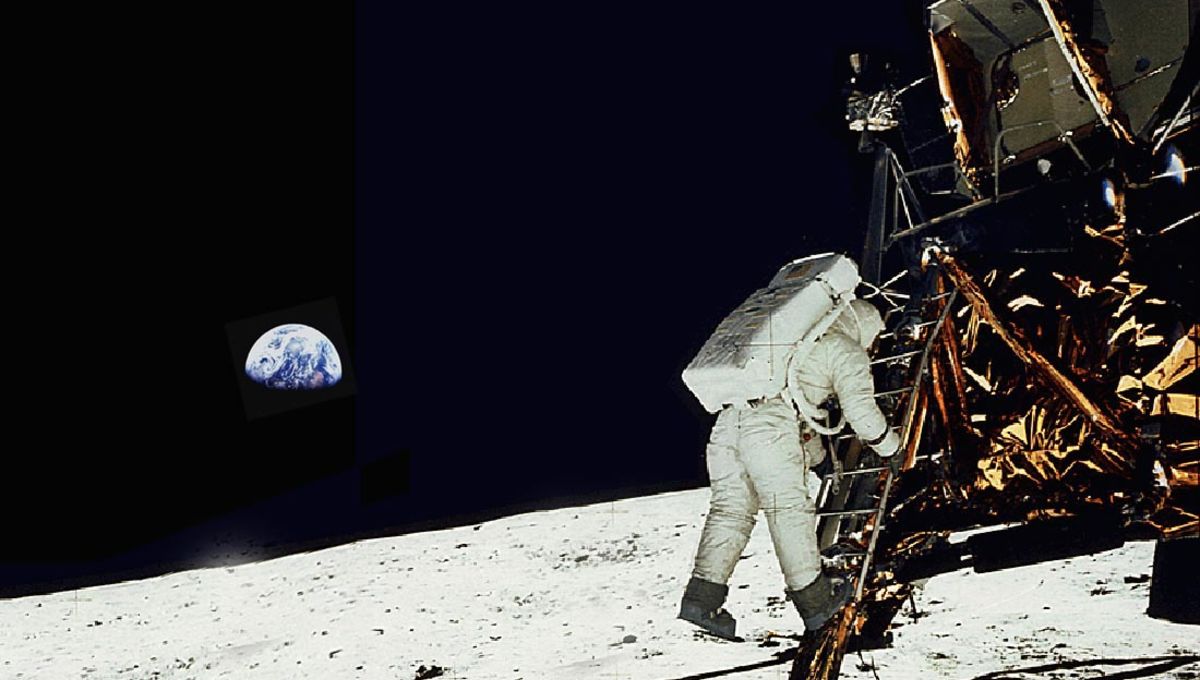The moon landing is about to sprawl across our TV sets again.
Its 50th anniversary (July 20) is sparking documentaries on PBS and cable and more. But what’s an ideal length? Producer-director Todd Douglas Miller has several answers to choose from:
— 47 minutes. That’s the mega-screen film (“Apollo 11: First Steps Edition”) he created for museums.
— 93 minutes. That’s the film (“Apollo 11”) that ran in theaters and debuts Sunday (June 23) on CNN.
— Or nine days.
Yes, a nine-day-long movie. In real time, it shows the entire mission, from take-off to splashdown (that’s 8 days, 3 hours, 18 minutes), plus a bit around the edges.
It was assembled for the editors to use while making the other versions. Still, Miller said, someone is preserving a digital version. Some day “you can get your sleeping bag and watch the whole thing.”
He’s seen it and been struck by the contrasts. At Mission Control, there are long stretches of, seemingly, boredom … and then flurries of activity. “You catch moments when (the astronauts) were scheduled to do a televised transmission, but they were too busy.”
There’s the easygoing attitude of the astronauts as they did a full walkthrough, preparing for the mission … and the dead-serious approach when they did the same thing for real.
This is fresh turf for the people who weren’t around for the original landing — including Miller, who was born seven years after man reached the moon. “Growing up in Ohio, you always heard about it.”
Ohio was the home of the Wright Brothers and the birthplace of more than 20 astronauts, including Neil Armstrong (first man on the moon), John Glenn (first American to orbit the Earth) and Jim Lovell (commander of Apollo 13, which barely survived). Miller grew up steeped in space lore. And then …
“I was in 3rd grade when he Challenger exploded,” he said. The space program hit a pause for a while, but he remained interested. Now the upcoming anniversary was the ideal time to tackle it.
NASA shot a massive amount of 70-mm film, Miller said, but there wasn’t an efficient way to organize it. With modern technology, editors could wade through it all, plus 11,000 hours of audio recordings.
He decided to go with no narrator or talking-head reflections. This would simply let the story unfold, using sights and sounds from the time. It’s a giant story, just right for 47 or 93 or 12,960 minutes.
TV re-visits the moon (subject to change)
— “Apollo 11,” 9 and 11 p.m. Sunday (June 23), CNN; also 9 p.m. June 29 and July 20; all are ET and could be pre-empted by breaking news
— “Apollo Moon Shot” debuted Sunday (June 16) on Smithsonian. It continues, at 8 p.m. Sundays, through July 14.
— “The Day We Walked the Moon,” 9 p.m. July 7, Smithsonian.
— “Chasing the Moon,” 9-11 July 8-10, PBS.
— “Moon Landing: The Lost Tapes,” 10 p.m. July 14, History.
— “Apollo: Missions to the Moon,” 8:30 p.m. ET July 15, National Geographic.
— “8 Days: The Journey of the Apollo,” 9 p.m. July 17, PBS.
— Also: Discovery and the Science Channel are preparing “Apollo: The Forgotten Films.” PBS has more, including an “Antiques Roadshow” look at space memorabilia (8 p.m. July 8); a Nova hour, “Back to the Moon”(8 p.m. July 10); and two series — “Ancient Skies” and “The Planets” — starting July 24.
